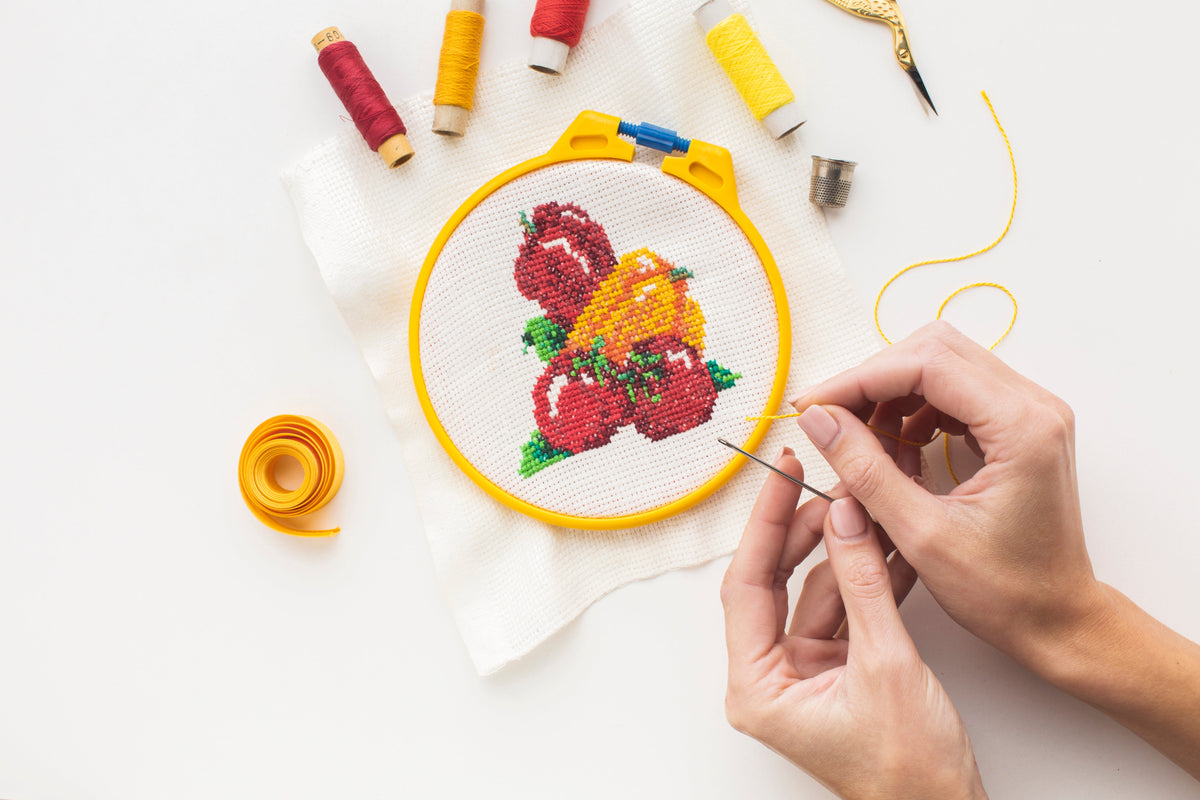5 Surprising Facts About Embroidery You Probably Didn’t Know
-
The Oldest Craft of Decoration and Utility
Embroidery is one of the oldest art forms of humanity, with roots stretching back over 30,000 years. Initially, it served as a practical means to reinforce clothing and protect from harsh weather. Fossilized remnants discovered in ancient China show hand-stitched garments crafted with bone needles and plant fibers. Over time, embroidery evolved, blending both functional and decorative qualities, eventually becoming a revered global craft. -
Heilmann’s Revolutionary Machine (1828)
In 1828, Joshua Heilmann made a groundbreaking change in the embroidery industry with his invention of the first mechanical embroidery machine. Unlike traditional methods where needles passed through fabric, Heilmann's machine moved the fabric towards a dual-pointed needle, allowing multi-directional stitching. This innovation greatly increased precision and efficiency, laying the foundation for modern embroidery machinery, including today’s high-speed computerized machines capable of producing 1,000 stitches per minute. -
A Medieval Symbol of Wealth
In medieval Europe, embroidery was not just a decorative craft but a symbol of wealth and status. Nobles and royals adorned their garments with gold and silver threads, often complemented with gemstones. The creation of such intricate designs could take months, a reflection of the wearer's affluence and power. Beyond clothing, embroidered textiles such as the Bayeux Tapestry—spanning 70 meters—became a tool for storytelling and cultural preservation, documenting key historical events like the Norman Conquest of England in 1066. -
Embroidery on Unconventional Materials
While embroidery has traditionally been associated with fabric, technological advancements have expanded its reach. In 1863, the invention of the Schiffli embroidery machine allowed for precision stitching on leather, paper, and even wood. Today, laser-guided machines enable artisans to stitch on a variety of unconventional materials, including metals and plastics. This has established embroidery as an essential craft across industries, from fashion to automotive design, with embroidered leather interiors showcasing both luxury and durability. -
The Hidden Health Benefits of Stitching
Embroidery is more than just an artistic pursuit; it offers therapeutic benefits too. Studies suggest that the repetitive nature of stitching can alleviate stress, enhance concentration, and promote relaxation. The act of creating symmetrical patterns and selecting thread colors requires both creativity and attention to detail, helping to foster mindfulness. As a result, embroidery has become a valuable tool in therapeutic programs aimed at helping individuals cope with trauma, anxiety, and other emotional challenges.




